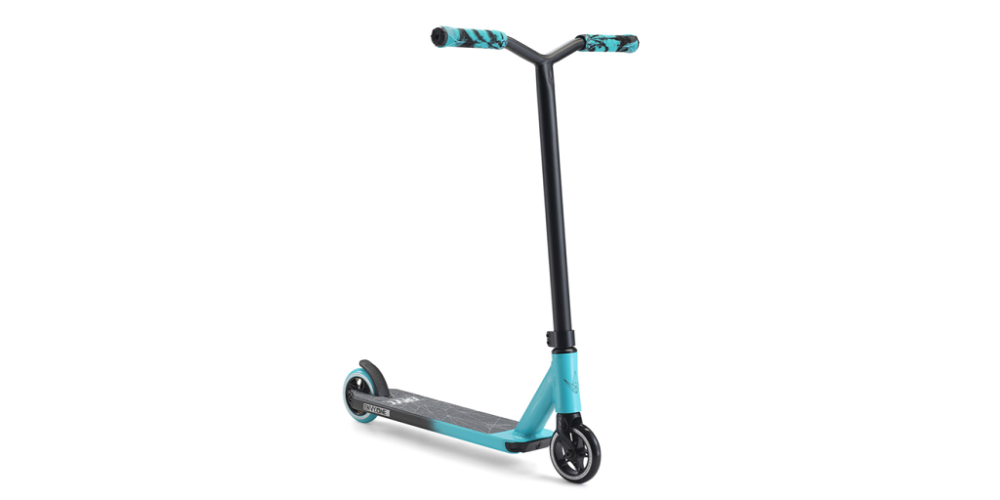After riding a kick scooter for a while, you won’t want to ride anything else, at least not in an urban area. They are agile, portable, safe, and don’t take up much space at home. Additionally, they don’t consume gas, and you don’t have to worry about getting stuck in traffic or finding a parking space at work.
What’s not to like?
However, your first scooter is probably one of those stock rides that you picked at a department store on sale. Your handlebar feels wobbly, causing your ride to be less than smooth, or you would like to know why other riders seem to enjoy their scooters so much. Either way, you might want to try building a custom scooter that adapts to your specific needs.
Now, there is a problem. When you start learning about the different parts a scooter has, you suddenly find out a scooter is not just a deck, a handle, and a couple of wheels. These things are complex puzzles you need to solve before committing to a ride.
Surprisingly, one of the most important parts of a scooter is also one of the most imperceptible, at least for the untrained eye: The compression system.
The compression is what keeps your scooter together. It joins the handlebar with the fork (the piece that holds the front wheel) and provides stability and responsiveness. A bad compression will make your ride feel potholed, amplifying all the vibration that comes from the wheels into your hands and shoulders. I might also cause your bar to snap if you go down a gap. You don’t want to walk home holding scooter pieces.
So, when building custom scooters, many riders start out by thinking about the kind of compression system they want. This later helps them choose the bar and fork, as many are made with a specific compression system in mind.
Lightweight scooters usually come with internal compression systems. They are the weakest and tend to need frequent adjustments if you want to keep your scooter dialed. This poses a problem as you need to remove the front wheel to access the compression bolt every time you feel your handle is not tight enough.
Hidden internal compression (HIC) systems are lightweight and reliable. They can fit oversized bars, provided they are slit. You can find compression clamps that have single, double, and triple bolts, which provide greater stability.
IHS, or inverted hidden compression, is similar to HIC but can fit standard bars. These are extremely common today, especially for those who are concerned about weight.
Now, if you want to make sure your bar and fork will stay in place no matter what you throw at your scooter, you need an SCS system. It stands for Super Cool Swag. Nah, we lie. It stands for Standard Compression System, and it is becoming very popular among riders. The only problem is its weight, which tends to add quite a bit to your scooter. Make sure to choose a slitless handle for your scooter, though. You don’t want your bar to start crimping in as you squeeze your SCS clamp, risking cracking or damaging the bar.
Compression systems are a great place to start when building a custom scooter as they will determine what handlebar you will need, your fork system, your headset bearings, and other parts. If you still have questions about compression systems, or want to start putting together a custom scooter but don’t know where to start, visit Kryptic Pro Scooters. They lead the online pro scooter scene today and have an incredible and easy-to-use custom scooter building system.












